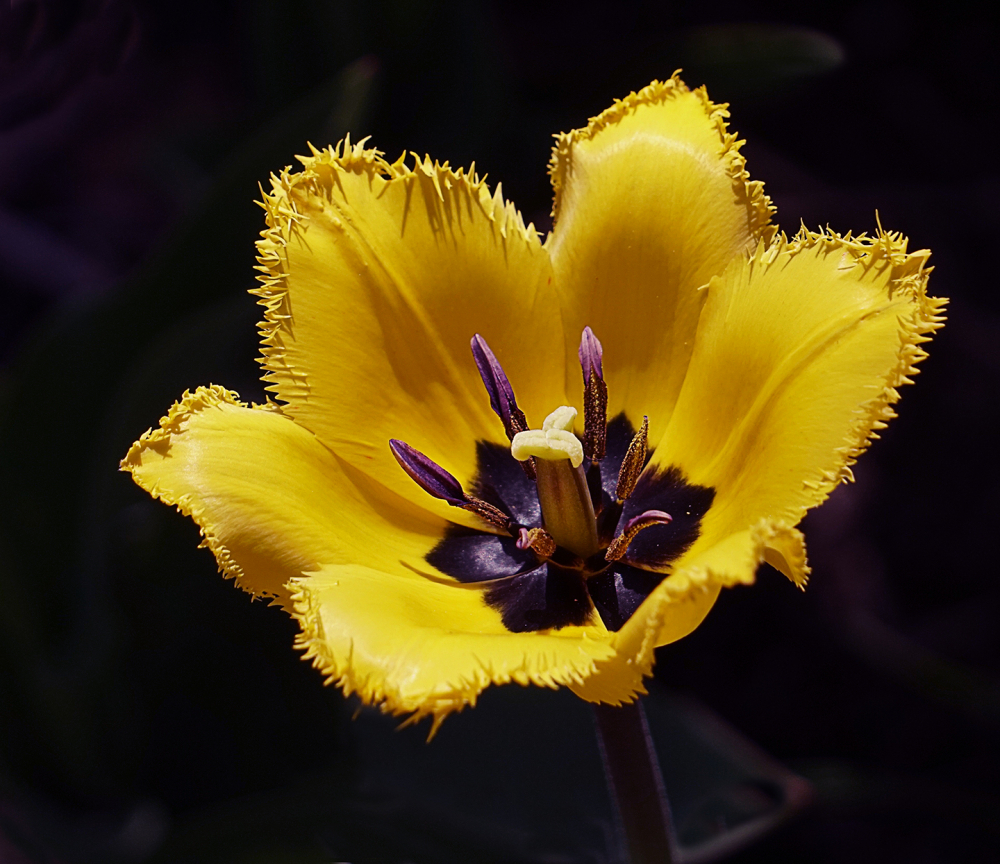

Cool colours consist of blues, purples, and greens, whereas warm colours are typically made up of red, orange, and yellow. Warm and cool colours are terms used to describe the different types of colours in a colour wheel. Take it from looking good, to having a striking appearance and a sense of vibrancy in the whole composition. For example, if you’re painting a mountain in icy blue tones, you could create a focal point by painting a skier wearing a bright red or orange jacket.īy using colour schemes in your painting, you can dramatically improve the appearance of the work. Turquoise: Pink Complementary colour schemeīy planning the colour composition and colour scheme in a painting, you can create dynamism and a sense of movement in your piece.

In his “Still Life with Irises” painting, he painted the whole background yellow to accentuate the purple flowers even more. For example, in his famous “Irises” painting, he uses contrasts the purple of the flowers with specs of yellow in the background. He used complementary colours in his landscapes and still life paintings. Vincent Van Gogh: IrisesĬomplementary colours yellow and purple can be seen in many of Van Gogh’s works. Red toned purple sits opposite to a very light and pale lime green on the CMYK wheel. It’s a purple than leans more towards blue on the wheel. The complementary colour of yellow is purple. Some notable examples of paintings that use red and green in complementary colour schemes is Van Gogh’s “Paul Gauguin’s Armchair” and Paul Gauguin’s “Still Life with Mangoes and Hibiscus”. Vincent van Gogh: Paul Gauguin’s Armchair Landscape painters often use alizarin crimson in shadows, to complement the green tones of the grasses and trees. Green is a secondary colour and depending on the shade of red, whether it’s magenta, or leans more towards orange, the complementary colours range from cyan blue to a medium grass green. The complementary colour of red is green. The colours also draw the viewer’s eye towards the central figures in the scene. Similarly, Picasso uses bright oranges and cyan blues to create a sense of movement in his painting. He painted pops of orange and yellow stars, which appear luminous against the darker background. Van Gogh uses purple toned blue to paint the deep night sky. Some of the most famous examples of complementary colours using blue and orange are Vincent van Gogh’s “Starry Night”, Pablo Picasso’s “Les Demoiselles d’Avignon” and Vermeer’s “Girl with Pearl Earring”. Johannes Vermeer: Girl With Pearl Earring The complementary colour of blue is orange or red, depending on the shade of blue. Overall, complementary colours are an important tool for artists and designers looking to add drama and visual interest to their work. For example, bright red can be made to look even more vibrant when placed next to a complementary green colour. Using these colour combinations can also help make other colours appear more vibrant or brighter by comparison. It’s a type of colour scheme that puts colours that are most dissimilar in hue together.Īrtists often use complementary colours in their work to draw attention to specific elements, emphasise particular features and create focal points. Artists use them together to create a high level of contrast. 15 Finally Complementary colours definitionĬomplementary colours are pairs of colors that are on opposite sides of the colour wheel.


 0 kommentar(er)
0 kommentar(er)
